i have a problem to plot a curve for miss rate vs false positive rate to analyze the performance of my proposed system (as sampled on picture below). I have two samples dataset for positive and negative sample. I want to plot the performance of my system whether it can classify people or non people with this curve.
As far as I know, I need to get True Positive and False Positive values after the classification, but I am not sure yet how to plot the curve. Any one can help please??
